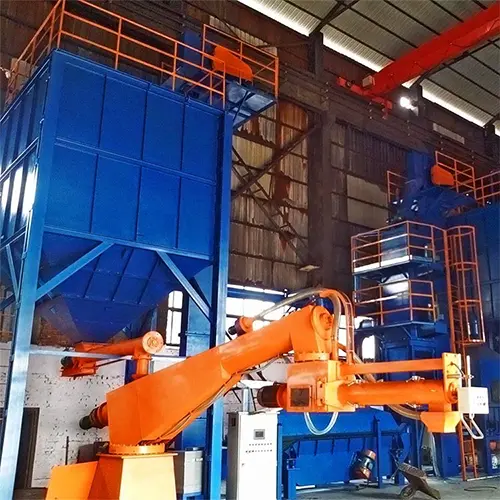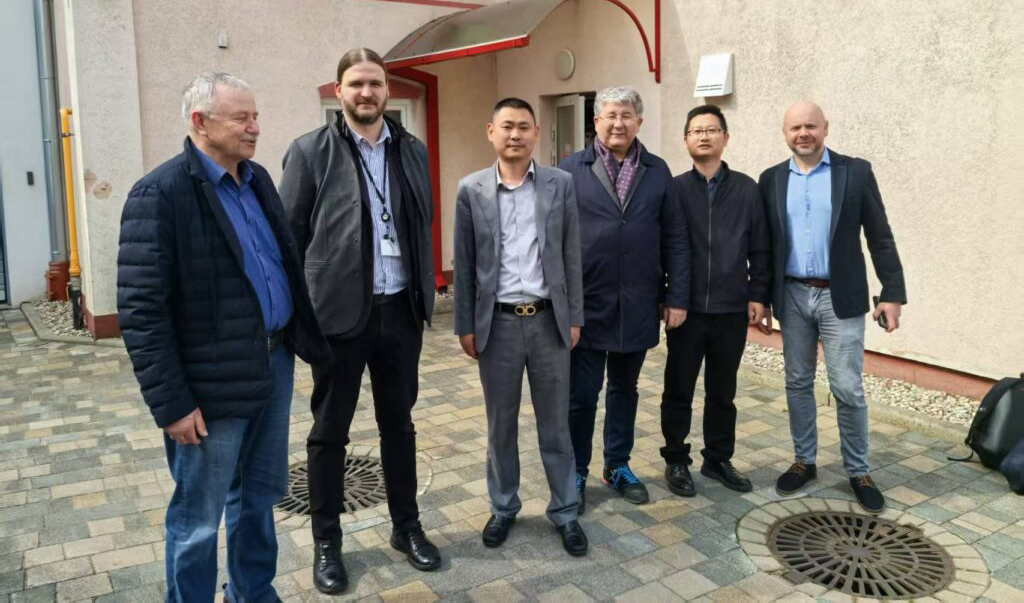Mild steel, which typically contains less than 0.3% carbon, is an essential material in a variety of industrial applications. Its balance of strength and ductility at an affordable price makes it suitable for a variety of projects, from large-scale buildings to consumer products. This article explores the properties and uses of mild steel by studying its composition, main characteristics and main application areas.
Key Features
Good weldability: This carbon steel has a low carbon content and is less likely to produce cracks and pores during welding, so it has excellent welding performance.
Higher plasticity and toughness: Low carbon steel shows higher elongation and cross-sectional reduction in tensile tests, which means that it is not easy to break when subjected to external forces and has better plastic deformation ability. At the same time, it also has high impact toughness.
Good cold working properties: Mild steel can undergo various cold working operations such as stamping, bending and drawing without significantly reducing its mechanical properties.
Moderate Strength: Although it is not as strong as high carbon steel, its strength is moderate and sufficient to meet the requirements of many common structural and mechanical parts.
Easy to rust: Due to the relatively few alloy elements in low carbon steel, its corrosion resistance is poor and it is easy to rust.
Main Application
Building structures: Carbon steel is often used to manufacture structural parts such as bridges, building frames, and rails because of its good plasticity and toughness, as well as its easy processing and welding properties.
Mechanical parts: Low carbon steel can be used to manufacture various mechanical parts, such as shafts, gears, connecting rods, etc. These parts need to withstand certain loads but do not require particularly high strength.
Metal products: Low carbon steel is also widely used to manufacture various metal products, such as steel wires, steel plates, steel pipes, etc. These products are widely used in daily life and industrial production.
Automobile manufacturing: In automobile manufacturing, low carbon steel is often used to manufacture car bodies, frames and other parts because it can meet the strength and rigidity requirements of the car while reducing the weight and manufacturing cost of the car.
In general, low carbon steel is widely used in many fields due to its unique physical and chemical properties. However, it is also necessary to note that its corrosion resistance is poor, and anti-corrosion treatment may be required during use. Based on our experience with past projects, mild steel has excellent machinability and weldability, making it a versatile choice for a wide range of applications. Its relatively low cost and ease of manufacture make it ideal for industries such as construction, automotive and home appliances. However, due to its lower carbon content, low carbon steels tend to have limited strength and hardness compared to medium and high carbon steels. To overcome this, surface treatments such as galvanizing, painting or heat treating are often used to enhance its performance in more demanding environments.
Our carbon steel casting services are designed to meet your specific needs while ensuring durability and sustainability. Contact us today to find out how we can support your next project!




